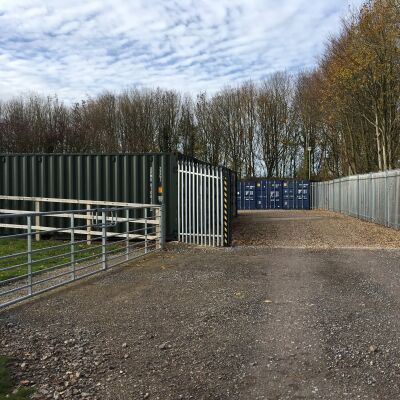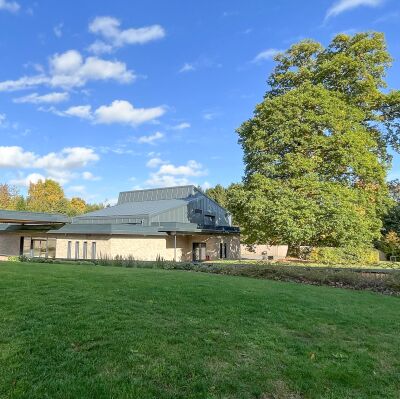
Commercial

Tidwell Self-Storage
A client approached us to seek advice on the potential to expand their existing site. Through a Development Appraisal which we carried out, it was understood that the existing containers which were in situ did not have planning permission. Therefore…
View project
Hampshire and Isle of Wight Air Ambulance Headquarters
It was a real honour to assist in securing planning permission for the new Hampshire and Isle of Wight Air Ambulance Headquarters at George Curl Way, adjacent to Southampton Airport. Due to a change in the way the charity operates…
View project
Pure Cremation Test Valley
We successfully won Outline Planning Permission on Appeal in 2000 for a crematorium. Reserved matters were subsequently granted and the access to it was commenced. However, the crematorium was not built out until the site was sold in 2017 when…
View project